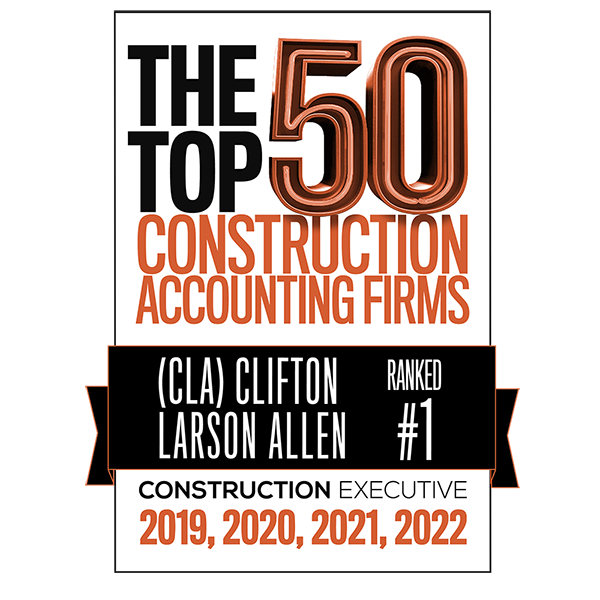At the Very LEASED

This is our second installment of our lease series. This week our discussion focuses on lease identification.
Lease Identification
Under ASC 842, a lease exists when payment is made by one party to another in exchange for the right to control the use of an identified asset for a period of time. Identified assets can be property, plant, or equipment. When considering accounting for leases, you should look to the terms and conditions included in the lease or contract. Contract is bolded to emphasis that not all lease transactions are included in an agreement that references a lease. Occasionally, it may not be obvious that a lease exists.
Consider the following:
- The initial place to look when identifying leases is the entity’s financial statements. The notes to the financial statements should disclose material operating and capital leases (now financing leases).
- Next, the entity should look to any service contracts that include the use of an asset as part of the delivery of the service.
- Then identify any assets used in the entity’s operations that are not on the fixed asset listing.
- Finally, review the entity’s transactions, including accounts payable and general ledger expense activity for payments that repeat on a monthly or quarterly basis to a vendor. These may require further review and analysis to determine if an embedded lease exists.
Don’t lose sight of materiality when considering adoption of this standard. ASC 842 does not contain a materiality threshold for the recognition of a lease; however, paragraph BC122 of ASU 2016-02 states: “Entities can adopt reasonable capitalization thresholds below which lease assets and lease liabilities are not recognized, which should reduce the costs of applying the guidance. An entity’s practice in this regard may be consistent with many entities’ accounting policies in other areas of GAAP (for example, in capitalizing purchases of property, plant, and equipment).” This materiality consideration should consider the purpose of the standard while also considering reporting that is meaningful to the readers of the financial statements.
As you work through these considerations, remember, you do not need to go this alone. Consider connecting with a professional who has experience in this area. As the Greek philosopher Epicurus said, “It is not so much our friends’ help that helps us, as the confidence of their help.” You do not have to second guess yourself; we are here to help!
In our next blog of this series, our discussion shifts to cover lease term considerations.
Michael A. (Mike) Westervelt is a principal with CLA with over 25 years of experience and a past Chair of the AICPA’s PCPS Technical Issues Committee (“TIC”). Mike is a National Assurance Principal and Construction Industry Assurance Leader. Mike specializes in thought leadership, ethics, independence, financial reporting, client service and accounting consulting for U.S. and international clients. He has managed relationships nationally and internationally for entities in the construction, manufacturing, hospitality, commercial service and healthcare industries. Mike is also a member of the AICPA’s Accounting and Review Service Committee (ARSC) and volunteers as a mentor for American Corporate Partners (ACP). Mike graduated from Iona College with a Bachelor of Arts in Accounting. He is a Certified Public Accountant licensed by the states of North Carolina and New York. Mike lives in Charlotte, NC and enjoys spending time with his family and an avid member of F3 who’s credo is “Leave no man behind, but no man where you find him.”


Comments are closed.